




The Brown-headed Nuthatch ("BHNU") is a year-around, cavity-nesting resident of the pine and oak forest at First Landing. This little bird, which frequently excavates its own cavity, is overlooked by most visitors as it spends much of its time high in the forest canopy, usually among pine cones searching for seeds. The birds are more often heard than seen as their "squeaky toy" contact calls are distinctive. At First Landing the Brown-headed is near the northern extreme of its range, which extends south to Florida and east to Arkansas and east Texas. As such, many birders from Canada and northern tier states come to FLSP to see their first BHNU. To see a range map and listen to the call go to: http://www.birds.cornell.edu/AllAboutBirds/BirdGuide/Brown-headed_Nuthatch.html
The BHNU is also a frequent, cooperative breeder. This breeding system is not uncommon among birds world-wide, but is unusual among species in temperate climates. Fundamentally, offspring of cooperative breeders receive forage from helpers as well as parents. The helpers are usually closely related to the breeding pair. The group of BHNU and other cooperative breeding groups are known as "clusters."
With financial assistance from CVWO.org and the Virginia Beach Audubon Society through the National Audubon Society, Dr. Sheila Scoville and I commenced a long-term project during January 2008 to study the BHNU at First Landing. The study will seek to discover the breeding preferences and other aspects of BHNU living at the northern edge of its range in pine/oak habitat in which fire is surpressed. To date 21 BHNU have been captured, banded, color-marked and released unharmed at various locations within the park. Feathers and small blood samples have been taken from each bird to aid in sexing the individuals, to determine the relationship between individuals within the clusters and to evaluate and compare the DNA of Virginia BHNU with those of Florida and Georgia.
Since January many marked individuals have been re-spotted and several have been recaptured and released. At the present time, five active nesting cavities are being watched by three volunteers and by video tape on a regular basis. New breeding cavities are being searched for by the volunteers and others. Progress with the BHNU study will be reported here from time-to-time. Should you wish to assist with this effort, post a comment.
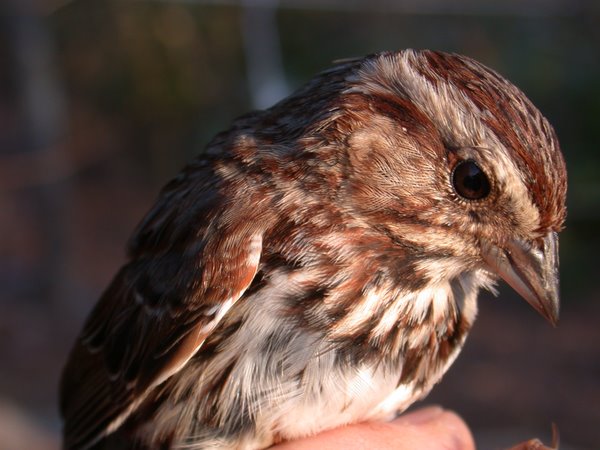
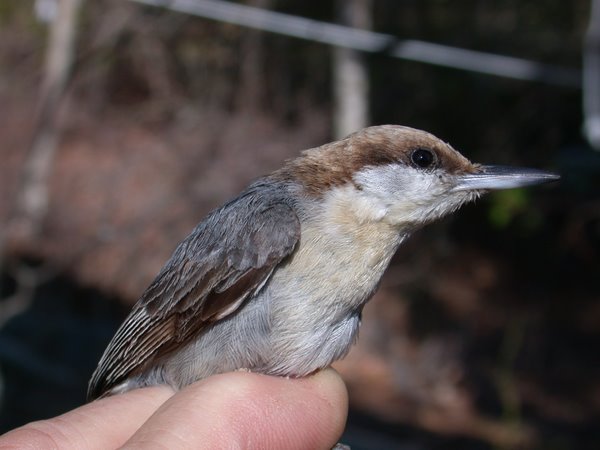
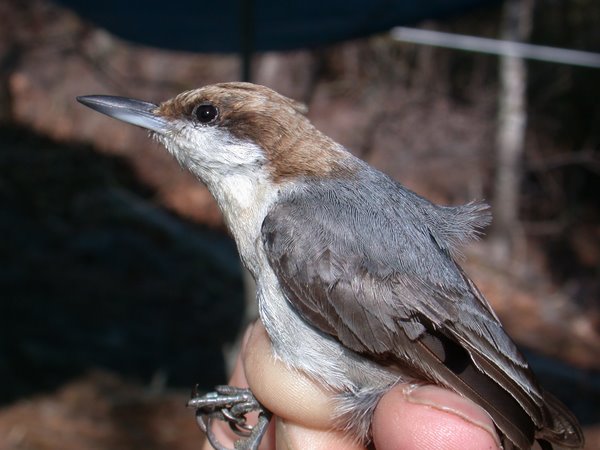
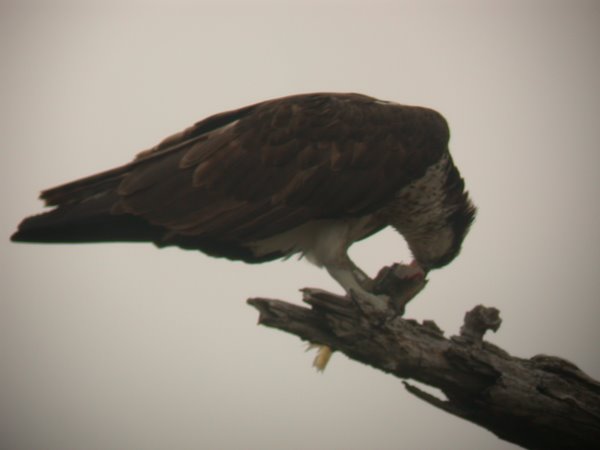


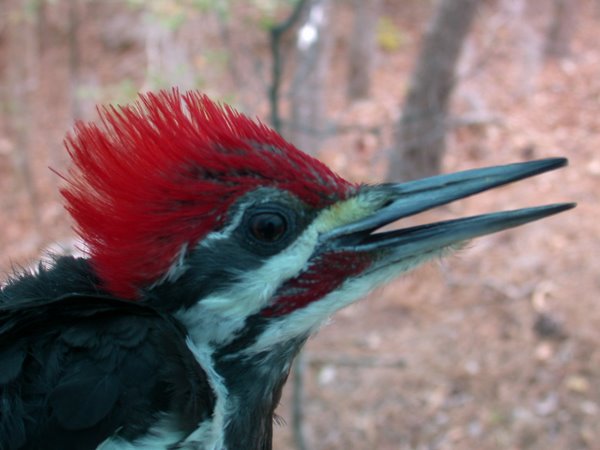
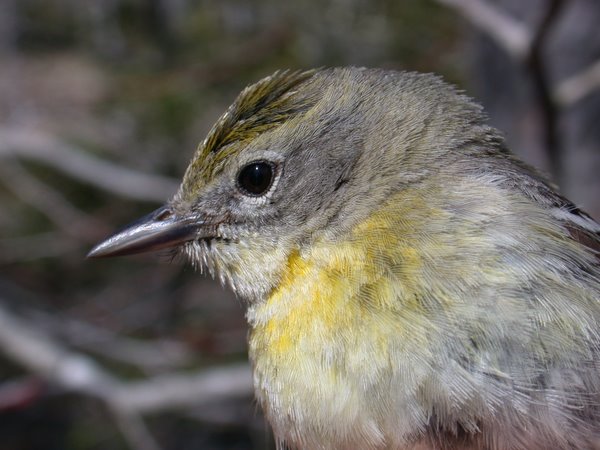
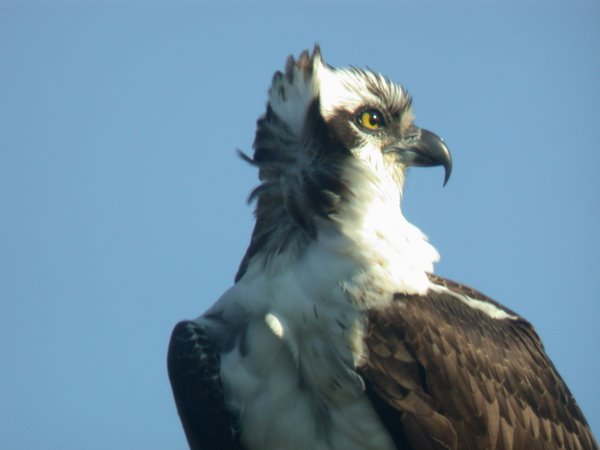
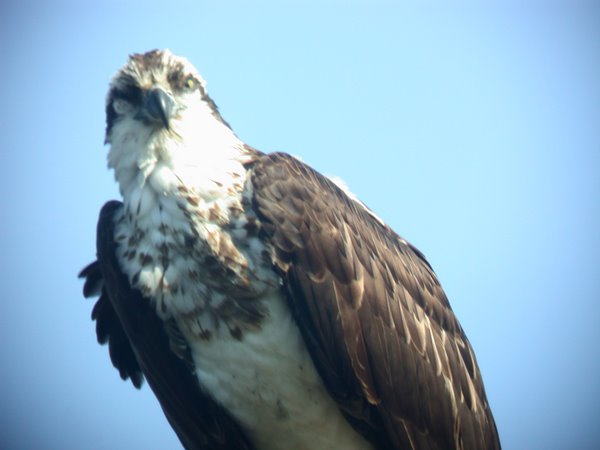
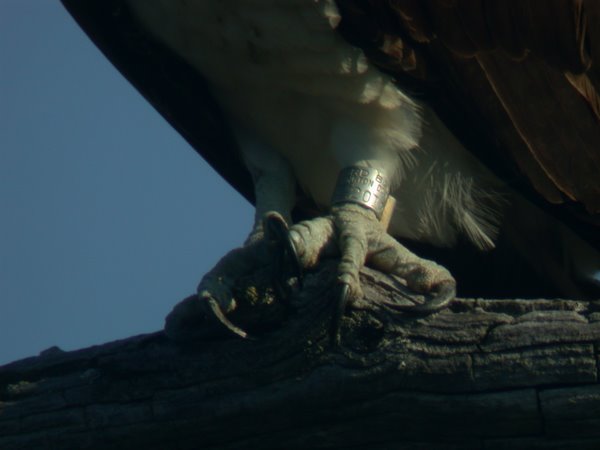
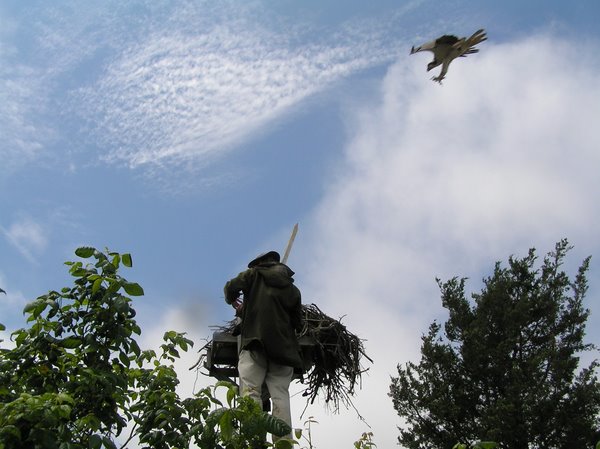

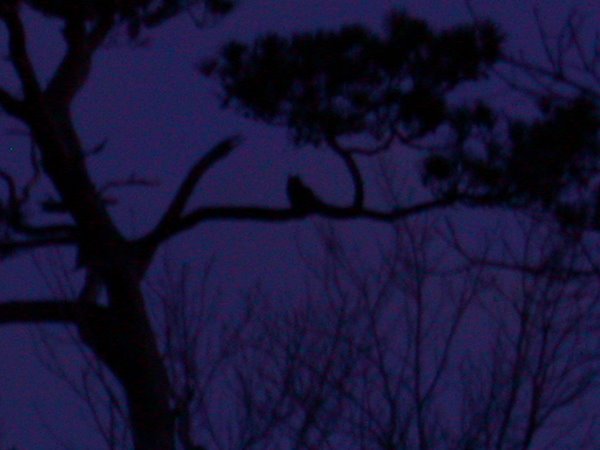



No comments:
Post a Comment